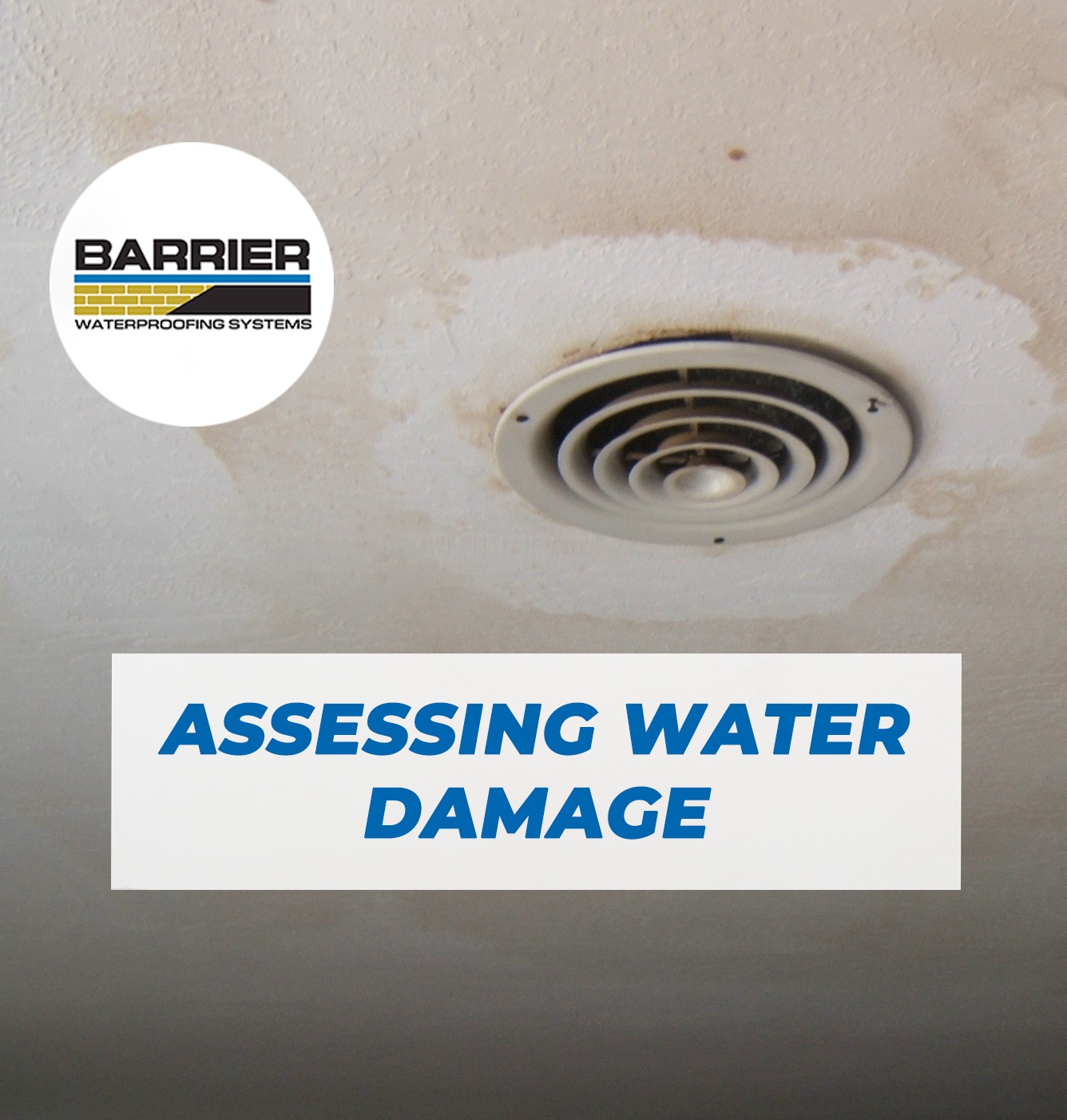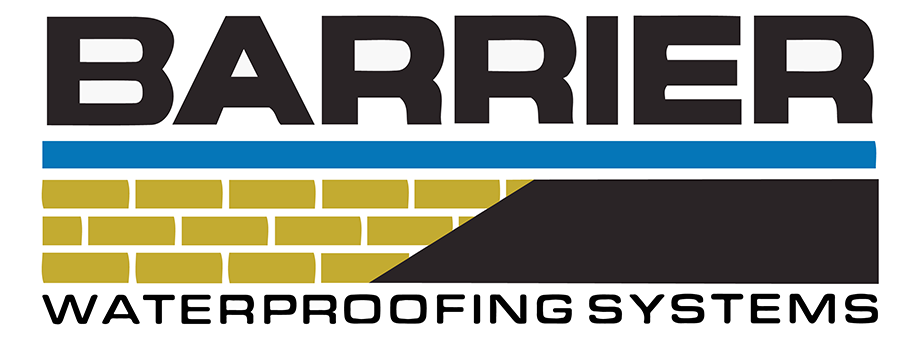Basement water damage should be addressed to be able to avoid serious problems. Unfortunately, if you don’t know whether or not your basement has some, then you can’t fix it. Missing the textbook clues and leaving the damage untreated can result in property damage! It compromises the structural and foundational integrity of a building and poses many health risks. That being said, let’s get started on the signs of basement water damage so you can identify and address them.
Cracks
Although cracks can sometimes be harmless from the normal settling of the house foundation, they can also be a sign of more serious problems. Cracks can form in the foundation walls of a basement, outside of the home, and even in the foundation floor. Excessive moisture and poor drainage of water can lead to large cracks. Cracks that are wider than one-sixteenth of an inch need to be checked, especially if they are accompanied by displaced walls. Shifting window seals and door panes need to be sealed. Some examples of problems that can be created include water intruding the basement and increasing the damage.
Mold Growth
Moisture can be the source of mold, so naturally, mold can be a huge clue for finding basement water damage. Usually, mold is a result of a leak and does not discriminate on where it will grow: fabrics, drywall, wood, furniture, and so on. The appearance is fuzzy, sometimes dark, sometimes white, and it gives off a musty, damp smell.
Odors
That musty, damp smell that mold gives off brings us to the odors of water damage. Pay attention to any smells that aren’t normal to your basement. Do a nice deep clean if water damage is suspected. If the odor doesn’t go away after that, then your culprit is most likely mold and mildew.
Surface Color/Texture Changes
Peeling paint and wallpaper can be telltale signs of water damage. Should the foundation be intruded with moisture, the saturated cement underneath will cause the paint or wallpaper to flake. Another way is to be on the lookout for yellow and brown spots in the paint or wallpaper.
Spalling (when rock or stone break into smaller pieces) is a result of these things that can occur, along with efflorescence on the cement. Efflorescence is a white, sparkly, powdery substance found on your walls. It is a collection of salt deposits that water damage has left behind. Both spalling and efflorescence can be early signs of foundational issues secondary to water damage.
Flooring Changes
Aside from cracking, there are other changes to a basement floor that can serve as clues to basement water damage. Floors can swell and sink from water damage. Sunken flooring could potentially mean a home has a damaged foundation or soil erosion below the floor. Another indicator is a spongy feeling of the under-padding or flooring that has separated from the subfloor. These particular signs should be taken seriously!
Take a look around for these signs of water damage to your foundation and give your local waterproofing specialists, Barrier Waterproofing Systems, a call today at (615) 257-1060 | (931) 536-1168

